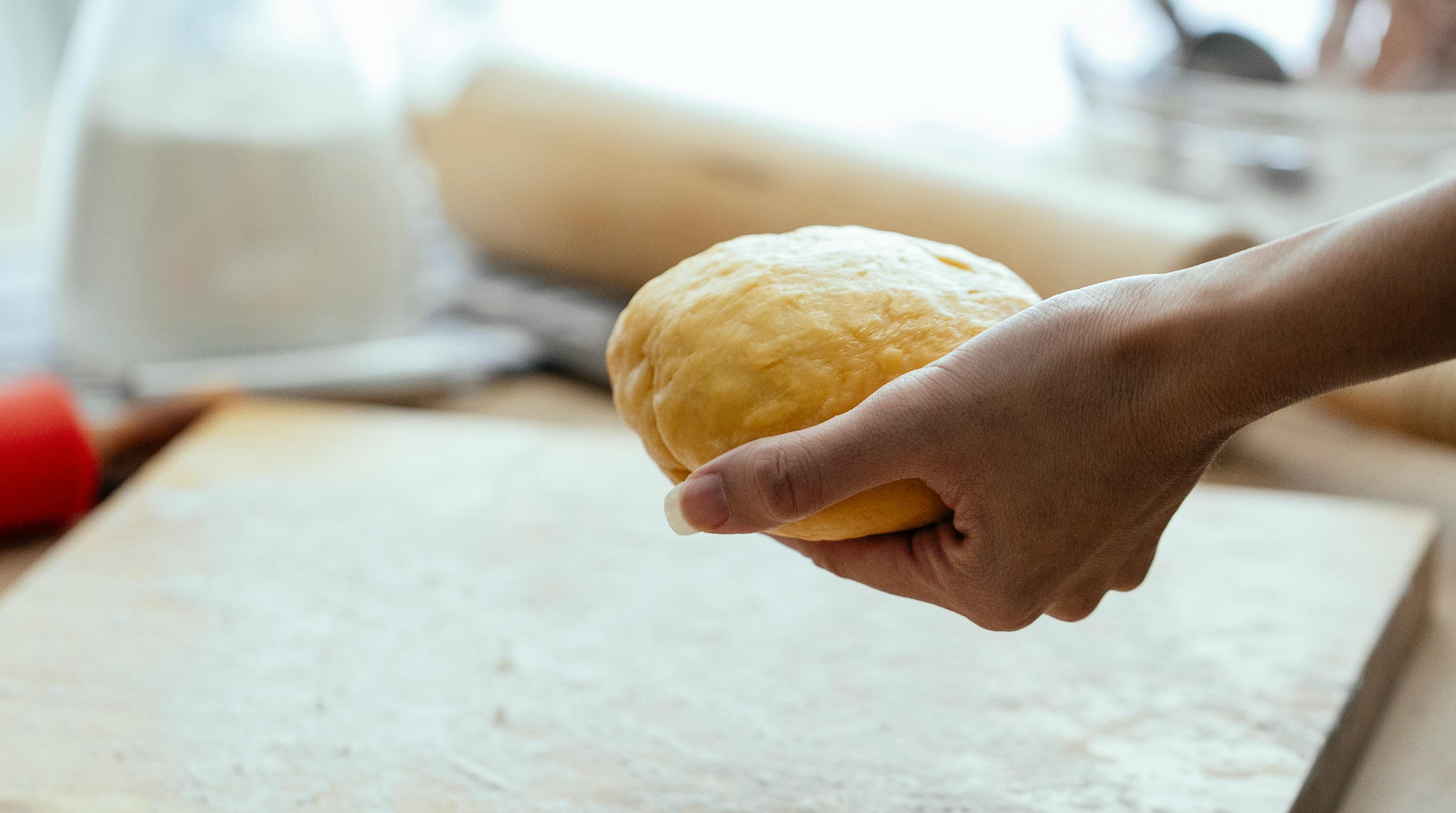When many people think of hibachi, they think of the Japanese-style teppanyaki food that is popular among Japanese-style restaurants in the US. With its literal translation meaning “fire bowl,” the word refers more to the tool who cooks food that suits a particular style of eating. Historically, the tool was not even used to cook food until many centuries after its creation, as it was initially a heating device used by the Japanese to keep coals burning. The earliest devices were cylindrical or box-shaped with an open top. They were made of heat-resistant materials, such as cypress wood lined with clay. Although it was many years before it was used as a cooking device, in the US it is associated with the small cooking stoves or iron hot plates used in modern Japanese restaurants.
A long and rich history
Hibachi traces its roots to the year 794 AD. C., when the first written records indicating its use appeared. Those early heating tools were made of cypress, with a clay lining on the inside that was strong enough to withstand fire. As with most tools, the design improved over time, and before long, craftsmen began making them out of ceramic, metal, and other heat-resistant materials. During this time, they were also transformed from practical devices into decorative pieces with lacquer finishes and other embellishments. While they were initially used by aristocrats and samurai in Japan, it wasn’t long before all classes of people began using these handy devices to generate heat.
In the hundreds of years since they were originally developed, heat bowls have evolved and taken on new uses. Before World War II, they were still used as heating devices, but during the war, Japanese troops used them as cigarette lighters and portable stoves. After the war, they were replaced by oil heaters, but they are still used today for some traditional Japanese ceremonies and also as ancient decorative items.
Hibachi in the United States
The hibachi grill came to the United States after World War II, when Americans wanted to recreate the meals they experienced while traveling to other parts of the world. Many restaurants began using small aluminum or cast iron grills to allow customers to cook their own food at their table, which in turn contributed to the rise in popularity of grilling meat and vegetables on skewers at home on small backyard grills. .
Around the same time, this style of cooking took off in modern Japanese-style restaurants in the US This type of dining experience emphasizes entertainment as much as the food itself. Guests usually gather around a large table, with a flat-top grill made of cast iron or sheet metal in the middle. Chefs cook Japanese food in front of guests, often adding a theatrical touch to the meal to keep guests entertained while they wait for their food. While the proper term for this type of food is teppanyaki, in American culture it is commonly known as hibachi.
